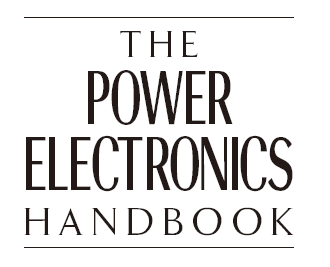
Titles included in the series
Supervised and Unsupervised Pattern Recognition:
Feature Extraction and Computational Intelligence
Evangelia Micheli-Tzanakou, Rutgers University
Switched Reluctance Motor Drives: Modeling,
Simulation, Analysis, Design, and Applications
R. Krishnan, Virginia Tech
The Power Electronics Handbook
Timothy L. Skvarenina, Purdue University
The Handbook of Applied Computational Intelligence
Mary Lou Padgett, Auburn University
Nicolaos B. Karayiannis, University of Houston
Lofti A. Zadeh, University of California, Berkeley
The Handbook of Applied Neurocontrols
Mary Lou Padgett, Auburn University
Charles C. Jorgensen, NASA Ames Research Center
Paul Werbos, National Science Foundation
Industrial Electronics Series
Series Editor
J. David Irwin, Auburn University


